What is Solar Cooking?
I’m sure you’ve heard the old phrase “It’s so hot you can cook an egg on the sidewalk”?
That is solar cooking!
Have you ever gotten into your car and smelled apple pie because someone left an apple core under the back seat?
That is solar cooking!
Have you ever thought that your car was so hot that you could bake cookies inside? You can!
That is solar cooking!
There are examples of solar cooking all around us. Even a melted chocolate bar, or a heated bottle of water left in the car, are examples of naturally occurring solar cooking.
Although preparing food involves more than just cooking an egg on the sidewalk, you can hard cook an egg, fry an egg, or even make an omelet using a solar cooker.
So to answer your question “What is Solar Cooking?”, put simply, solar cooking is a method of preparing food using only the free energy that comes from our sun. The power of the sun can be harnessed, and concentrated to reach high enough temperatures to actually cook food and purify water.
Four Basic Types of Solar Cookers
There are four basic types of solar cookers.
The first type of solar cooker is a box oven. A box oven consists of a heavily insulated dark box, with a clear glass, or plexiglass, cover and some type of reflector, with an interior space large enough to place a cooking vessel. They typically reach temperatures above 300°F (149°C) and are suitable for baking, roasting, and simmering. There are plenty of instructions on the internet for building your own box oven. The two most common commercial solar ovens are the All American Sun Oven and the Solavore Sport.
Panel cookers, such as the Copenhagen, the All Season Solar Cooker (ASSC) and the Haines Solar Cooker, consist of large, shiny, open panels that serve as reflectors. The cooking pot goes into the large open center. Since there is no glass lid, the pot is placed into a clear cooking bag to trap the heat. A heat trap can also be created using large clear glass jars or bowls. However, caution should be exercised when using jars or bowls because the jars will be very hot to handle. In addition, jars must be ventilated to ensure that a vacuum isn’t created. Panel cookers generally reach temperatures between 250°- 300° F (121° – 149°C). Although it takes longer to cook due to the lower oven temperatures, panel cookers can stew, simmer, and bake. Panel cookers are easy to build at home. You can find instructions on the internet.
The third type of solar cooker is a parabolic cooker. The parabolic cookers, such as the SolSource Solar Stove, reflect light up to a center focal point. The concentrated energy at the focal point reaches temperature over 500° F (260° C), hot enough to grill, fry, and boil water.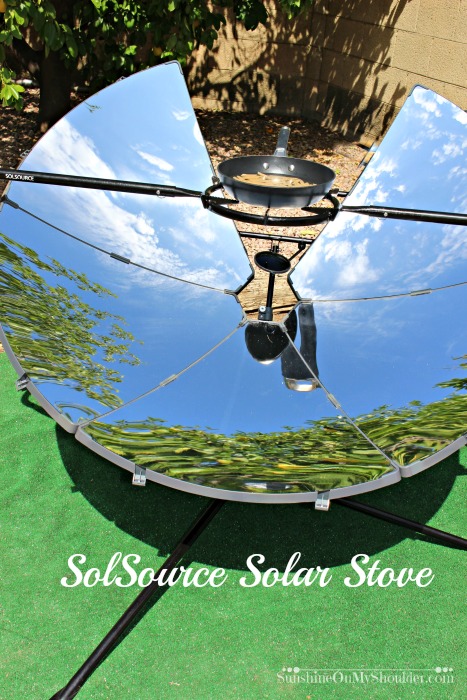
Scientists are working all the time to develop new types of solar cookers. One such type is the glass tube cooker. The glass tube gets hot quickly and holds the heat well. The GoSun Sport is an example.
The biggest drawback to solar cooking is that there must be sun in order to cook. Although scientists are working on different ways to harness and store the energy for a rainy day, at present there is no viable way to accomplish this.
For more information on What is solar cooking?, read About Solar Cooking.
How to Start Solar Cooking
Intrigued by the idea of solar cooking but just don’t how to get started? The first step is to make or get a solar cooker. Both the Windshield Shade Cooker and the Copenhagen are excellent low cost cookers that can be made at home so that you can try your hand at solar cooking with a very small investment.
Pick an easy recipe to get started. I recommend something simple. Here are 4 Recipes for Beginners to get you started.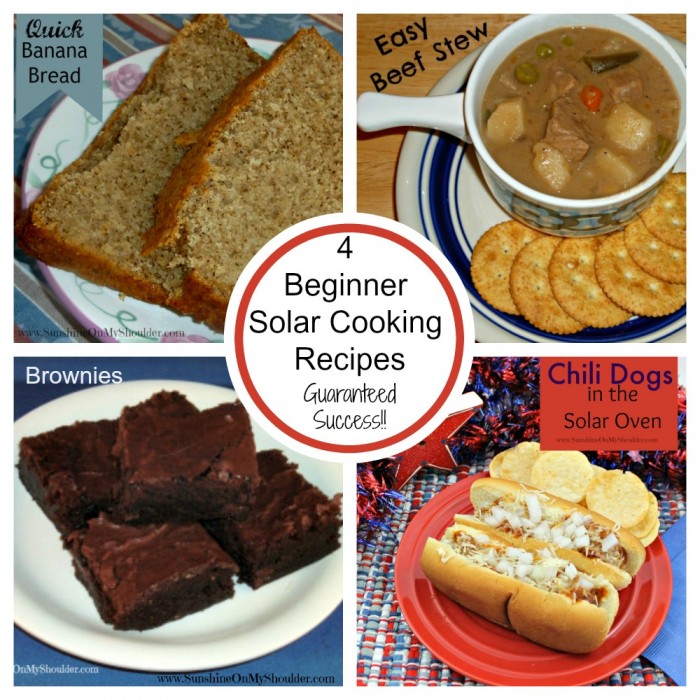
For additional guidance on how solar cooking, read Solar Cooking: Tips and Techniques and Solar Cooking Food Safety. With a little bit of practice, you will soon be able to set out your solar oven with confidence that dinner is indeed cooking in yard and you will be answering the question “What is Solar Cooking?”
Solar Cooking!
So Easy!
So Good!
So Solar!
Thanks for solar cooking with Sunshine On My Shoulder.
“As an Amazon Associate, I earn from qualifying purchases”

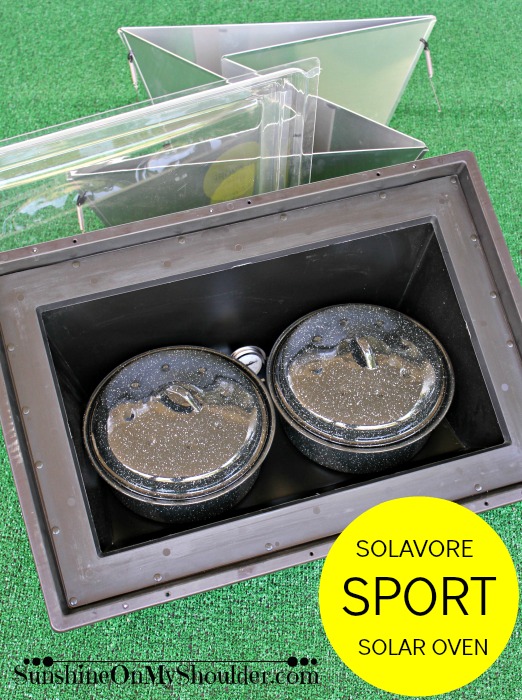
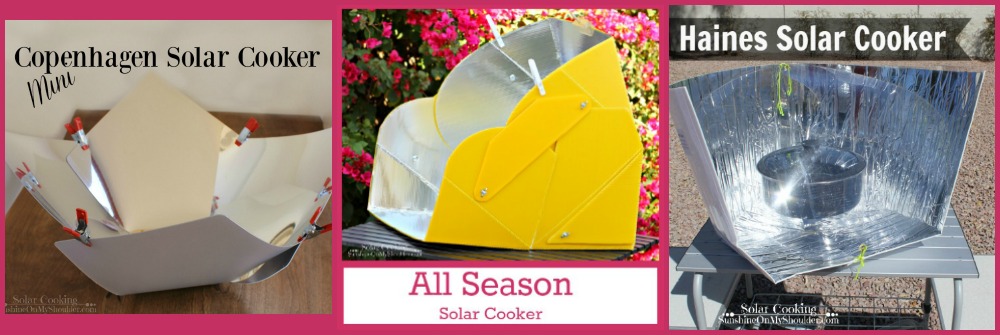
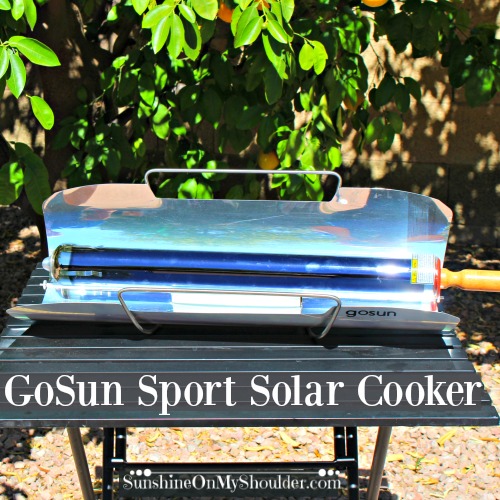
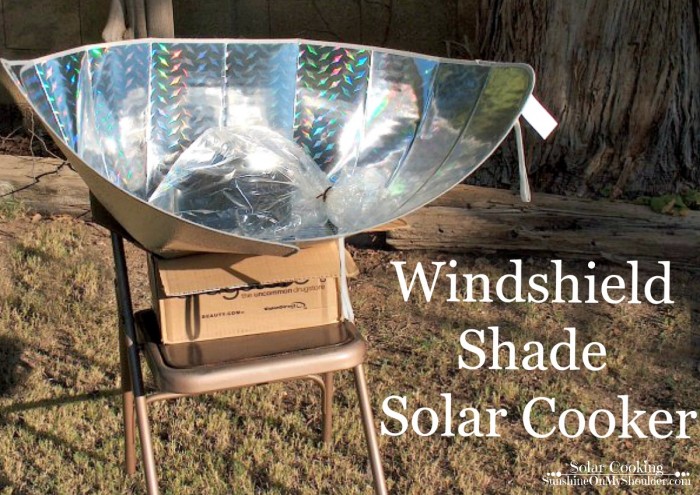
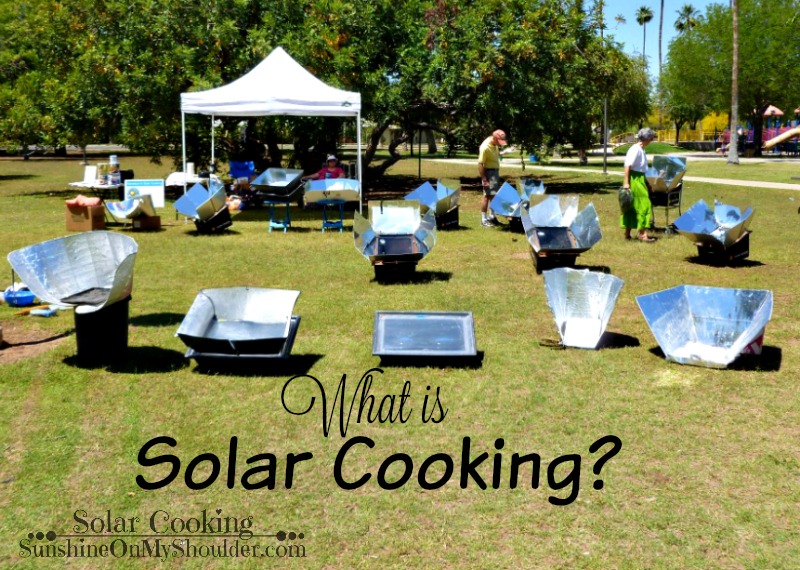
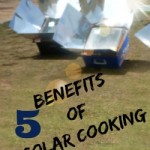
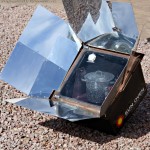
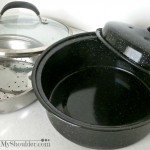
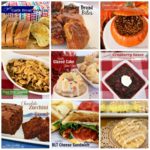
Who knew solar cooking was a thing? I think I helped a student do a science project that involved making a solar cooker, which actually worked fairly well, except we didn’t get enough sun (in Alaska) to get it working very well in the winter (not enough sun and the ambient temperature was too low, which was a problem).
Hi Heather, Yes solar cooking is definitely a “thing”. Although it is more difficult in more northern areas and climates, with a well insulated cooker the low ambient temperature should not be a problem. Solar cookers are used at the base camps on Mount Everest to reduce the need for fuel. But the low sunlight is a problem. Solar cooking needs a good strong sun to cook. I’m glad you gave it a try. Maybe some summer day you will give it another try. Thanks for stopping by. Merry